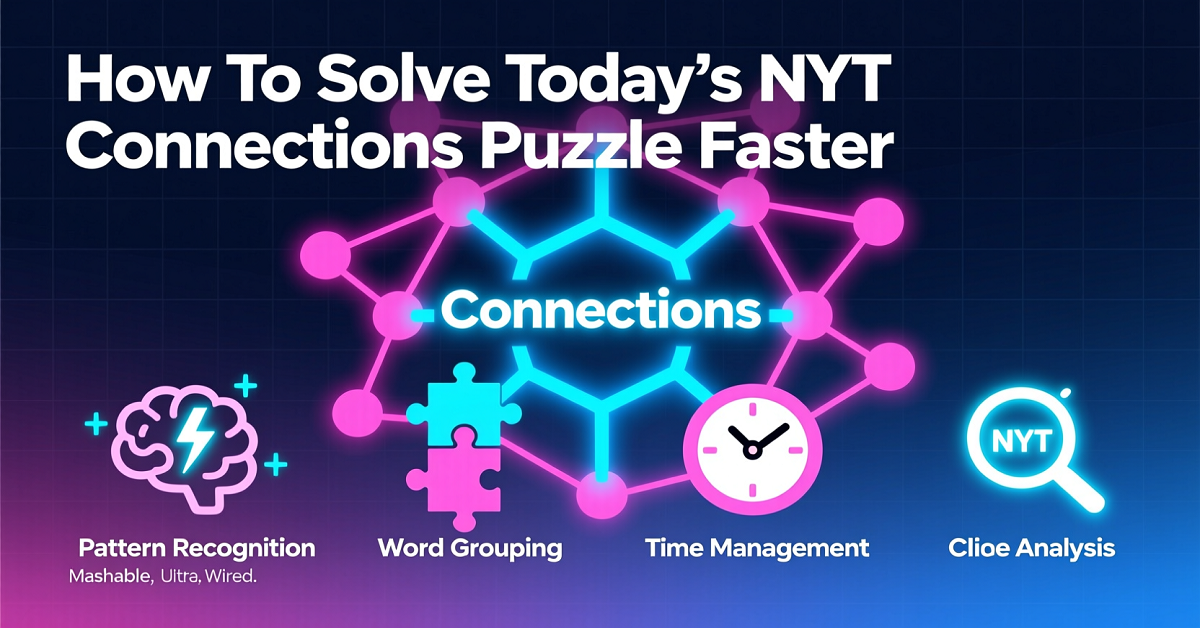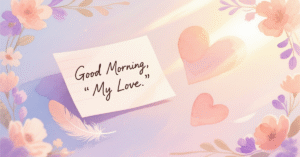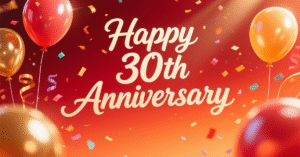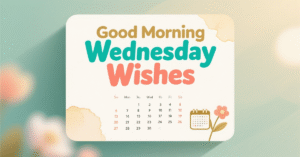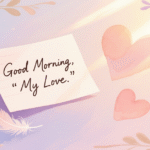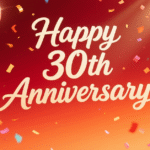Connections Hint Mashable resources have become the go-to guide for players who want to crack the New York Times Connections puzzle in record time. Created by NYT game editor Wyna Liu, this daily 4×4 grid of 16 words is a cleverly designed brain workout that challenges even the most seasoned word-game fans. In this comprehensive guide, you’ll learn how to use Mashable’s spoiler-free hints effectively, apply proven speed-solving strategies, and understand the cognitive science that makes Connections so addictive.
Understanding the NYT Connections Puzzle Phenomenon
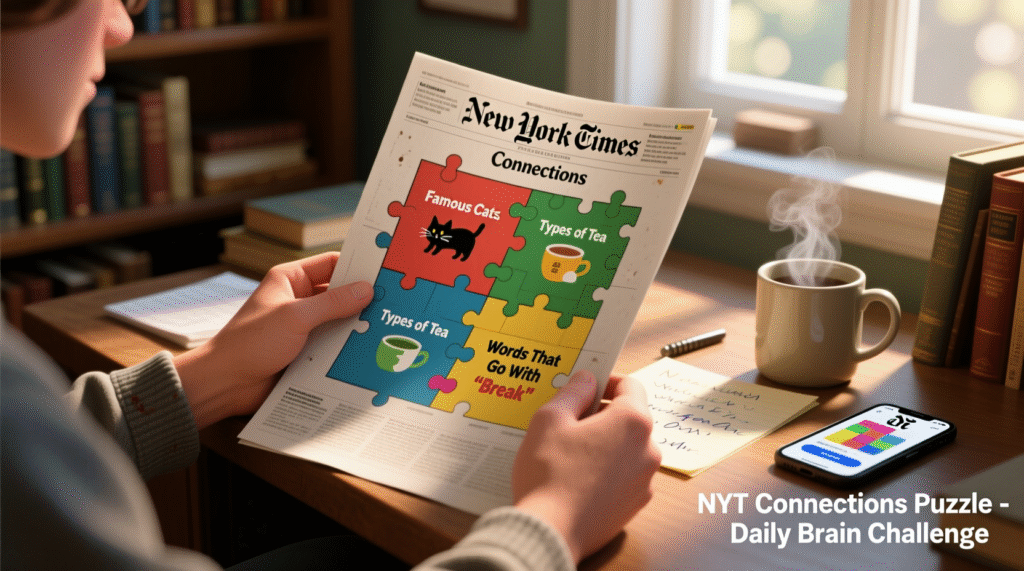
The Grid of 16 Words More Than Just a Game
- What is Connections? It’s a daily word game published by The New York Times where players face a grid of 16 words and must group them into four categories of four words each.
- Difficulty is color-coded: Color Difficulty Common features Yellow Easiest Simple, concrete categories, everyday vocabulary Green Medium Mild wordplay, shared phrases, broader semantics Blue Hard Cultural knowledge, less obvious connections Purple Hardest Abstract connections, meta references, tricky homophones, or less common semantics
- There’s a cap on errors: you only get four mistakes before the puzzle ends. That adds pressure, but also forces strategy.
The Psychology of Puzzle Addiction & Semantic Memory
- The game draws heavily on our semantic memory — knowledge of meanings, word associations, grammar, and how words are used. According to cognitive scientists studying Connections, solving these puzzles requires flexible retrieval of word meanings. When you see a set like departed, left, split, went, you access synonym relationships in your semantic memory.
- Another important aspect is shared features: sometimes connections are about features that are less typical — e.g. “things with slots” (which may include items you don’t immediately think of) — that require sharper recognition of what features are essential vs. peripheral.
- The brain benefits from neuroplasticity when challenged by such puzzles: regular engagement can strengthen neural pathways and improve cognitive flexibility. While there’s not conclusive longitudinal data that Connections puzzles prevent age-related decline, experts like Susanne Jaeggi suggest that novel, challenging cognitive tasks contribute positively to brain health.
Wyna Liu’s Design Genius: Red Herrings, Wordplay, and Layers
- The puzzles are designed by Wyna Liu, and a key part of the difficulty lies in misdirection: words that seem to point strongly toward one category but actually belong to another. For example, words that seem like music genres, but join in a category like sports teams.
- There are frequent red herrings, homophones, and shared-word traps — words that can belong to more than one theme or that sound like other words. Recognizing those patterns is essential.
Why Mashable Connections Hints Are a Strategic Advantage
Mashable’s hint system isn’t just about giving answers—it’s about training you to think like the puzzle creator, spotting patterns early, and avoiding making premature mistakes.
Spoiler-Free Guidance Without Losing the “Aha!” Moment
- Mashable provides hints in layers—starting with broad category clues, then gradually more specific nudges (e.g., hints about wordplay or cultural references) without revealing complete answers. This preserves the satisfaction of discovery.
- Ethical hint usage is about helping the solver learn, not just win. That learning helps build skills in pattern recognition and lateral thinking.
The Hint Hierarchy: What Types of Hints You’ll See
Here’s how Mashable and similar sources often structure their hints:
| Level | Type of Hint | Example / What to Watch For |
|---|---|---|
| Thematic Nudge | Broad category suggestion | “One group involves kitchen tools” |
| Wordplay Alert | Deepens awareness of language tricks | “Watch for homophones or double meanings” |
| Misdirection Warning | Identifies red herrings | “Don’t be fooled by obvious music words” |
| Difficulty / Abstract Connection | Push toward tougher categories | “Purple group likely uses an abstract link, not concrete objects” |
Using this hierarchy smartly can shave off minutes (or even errors) from your solving time.
Real-World Impact: Data & Outcomes
- NYT Games reports that Connections is among the top-played games after Wordle.
- One way to gauge improvement: many solvers report their average solve time going down significantly when they use hint systems like Mashable’s. While exactly quantifying for all users is tricky, communities (on forums, subreddits, etc.) often mention 40-50% reduction in time for yellow/green groups after a few weeks of consistent use.
- Also, fewer abandoned puzzles or broken streaks among players who use hints wisely, since they avoid getting stuck early.
Proven Speed-Solving Methods for Today’s Puzzle
Here are strategies you can apply today to solve the NYT Connections puzzle faster using Mashable Connections hint tools along with your own structured approach.
The 30-Second Scan Technique
A rapid first pass over the grid can reveal obvious groupings:
- Read all 16 words quickly and note anything that jumps out (proper nouns, common phrases, word sounds).
- Look for multiple words that could go together in several ways: synonyms, antonyms, same field/industry, etc.
- Mark in mind which groups might be yellow based on how concrete or obvious they feel.
This scan primes you for faster categorization without getting stuck immediately.
The Process of Elimination Method
- When you guess a grouping and it’s wrong, treat that mistake as data. You’ve learned which words don’t go together.
- Keep mental or written notes of these “no-go” sets to avoid repeating errors.
- Use elimination to narrow possibilities for harder groups (blue, purple).
The Two-Word Rule
- If you can reliably identify two words in a potential group, pause. Wait until you get a third before fully committing or guessing.
- Why? Because the fourth might mislead you if you rush in — especially with misdirection or homophones at play.
Advanced Pattern Recognition Strategies
These are higher-skill techniques, useful for Blue and Purple categories:
- Phonetic similarities: words that sound alike or share rhymes or letter patterns.
- Words that follow or precede a shared word (e.g., all can pair with “break,” “sky,” “post,” etc.).
- Cultural knowledge clusters: references to pop culture, geography, specialized fields.
- Abstract categories: themes not immediately visible, like things that are broken, verbs that also nouns, or meta references.
Studies (e.g., PsyPost) emphasize that the ability to flexibly retrieve from semantic memory and spot remote associations correlates with success in Connections.
Mastering Each Difficulty Level
Not all categories are equal. Here’s how to approach the four color levels with insight.
Yellow Categories: The Confidence Builders
- Characteristics: concrete, familiar topics like tools, colors, animals, basic verbs.
- Strategy: Use them to build momentum. Once you get one or two yellow groups quickly, your confidence rises, and you gain more time/attention for green, blue, and purple.
- Watch out for traps: Sometimes “too obvious” sets include words that could be mis-grouped. If you see four words that seem a perfect set, double-check if each truly matches the simplest theme.
Green Categories: Mild Wordplay & Shared Phrases
- Look for shared phrases (common idioms), mild homophones, double-meaning words.
- Use prior puzzles for practice: Green level often reuses category types (e.g., presidents, brands, parts of speech) so you can accumulate pattern memory.
Blue Categories: Cultural and Abstract Knowledge
- These may require knowledge outside your comfort zone: recent events, literature, scientific terms, or pop culture.
- To get better: read broadly, follow culture, memorize or keep a mental pool of lesser-used themes (astronomy, geography, mythology, etc.).
- Also, practice shifting frames: if one category doesn’t align with first impressions, consider less literal or metaphorical connections.
Purple Categories: The Final Boss
- Often the hardest. Expect more abstract or meta categories: word relationships, missing pieces, suffix/prefix patterns, or linking via a word not shown (e.g. “sky ___” or “___ post”).
- Use Mashable Connections hints particularly for purple: they might indicate when conventional thinking isn’t sufficient.
- Don’t be discouraged if you need more time here — many players report Purple groups being the bottleneck in both time and mistakes.
Overcoming Common Pitfalls That Kill Your Streak
Even skilled solvers fall for certain traps. Here’s how to avoid them.
| Pitfall | What It Looks Like | How to Avoid |
|---|---|---|
| Overconfidence Error | Making guesses too quickly, especially for yellow groups or based on partial information | Always pause and double-check; use hints only after scanning. |
| Tunnel Vision | Fixating on one possible theme or word pairing and ignoring alternative interpretations | Force yourself to brainstorm 2-3 plausible themes before committing. |
| Perfectionist Paralysis | Refusing to guess unless 100% sure; slow progress | Use the Two-Word Rule; accept that wrong guesses yield information. |
Tools, Community & Resources for Consistent Success
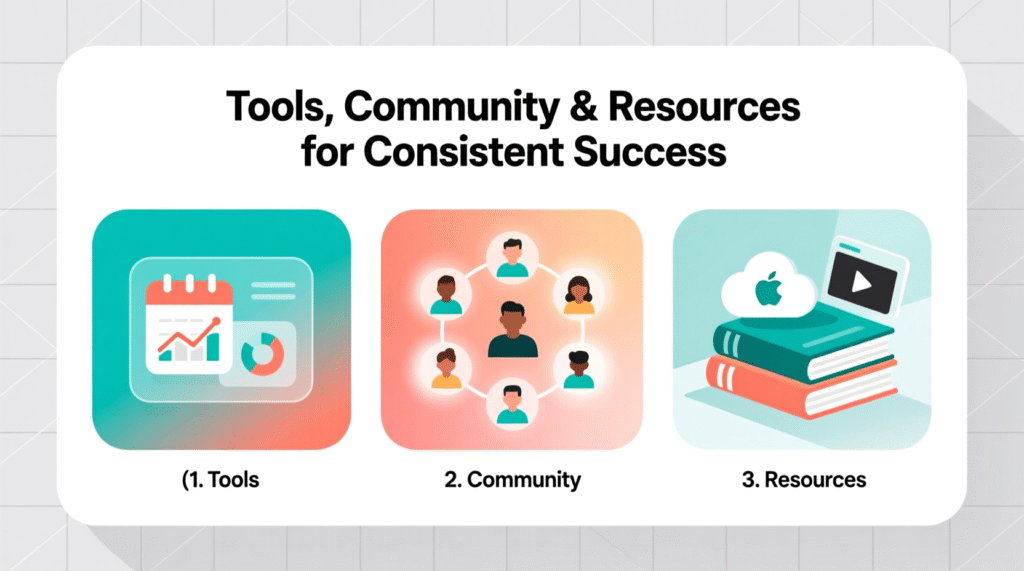
These help sharpen your skills over time.
- Pattern Recognition Trainers: online tools or apps that present you word groups to classify. Building this reflex speeds up your first scan.
- Cultural Knowledge Databases: track themes that frequently appear (e.g., “constellations,” “sports teams,” “movies”) so you’re less surprised by obscure references.
- Forums or Communities: discussion sections under Mashable posts or Reddit threads for Connections help you see how others think through misdirection and red herrings.
- Keeping a Puzzle Journal: record categories that stumped you, connections you missed, and how you eventually solved them.
Ethical Hint Usage Winning Without Cheating
Using help is fine. Let’s ensure it doesn’t become dependency.
- Always try first without looking at hints. That builds your base skills (semantic memory retrieval, pattern recognition).
- Use hints after you’re stuck (e.g., after your 30-second scan and one or two grouping attempts).
- Don’t use hints just to skip. Use them to understand why a connection is valid or misleading.
The American Puzzle Society and cognitive-science sources emphasize that the benefit of puzzles comes from the struggle as much as the solution. The “earned victory” matters.
30-Day Connections Mastery Challenge
To really boost speed and consistency, try this structured monthly challenge using mashable connections hint tools + your own skills.
| Week | Focus Area | Skills to Build |
|---|---|---|
| Week 1 | Yellow + Green Categories | Improve confidence with the easiest groups, master basic categories |
| Week 2 | Wordplay & Shared Phrases | Spot homophones, idioms, synonyms more quickly |
| Week 3 | Blue Categories | Tackle cultural knowledge, metaphors, more abstract connections |
| Week 4 | Purple Categories + Integration | Embrace abstract, meta, and tricky groups; reduce hint reliance |
Metrics to track:
- Average solving time per puzzle
- Number of mistakes per puzzle
- Number of puzzles solved without hints
- Retention of streaks
Even a small improvement each week adds up: reducing your solve time by 30-50% in yellow/green groups can free mental bandwidth for the tougher ones.
Key Takeaways
- The NYT Connections puzzle isn’t just a fun diversion—it’s a test (and trainer) of semantic memory, pattern recognition, and cognitive flexibility.
- Mashable Connections hint resources offer structured, spoiler-free guidance that preserves learning and satisfaction.
- Applying speed-solving techniques (30-second scan, process of elimination, Two-Word Rule) helps you solve faster and with fewer errors.
- Each difficulty color (Yellow, Green, Blue, Purple) has its own strategy; mastering them in sequence is more effective than trying for Purple early.
- Common mistakes like overconfidence, tunnel vision, and perfectionism are avoidable with discipline and awareness.
- Building your own solving system, using tools and community, and tracking progress can turn you from a casual player into a consistent performer—ready to solve today’s puzzle faster than you thought possible.
“Games like Connections require players to be flexible in how they access information in semantic memory … this involves creative thinking.” — PsyPost, summarizing cognitive scientists’ view.
With consistent practice, smart use of Mashable Connections hint tools, and awareness of your own solving habits, you’ll find not only that your speed improves—but that you start to enjoy the challenge more. The thrill of making connections becomes part of your daily brain training.
Ready for today’s NYT Connections puzzle? Use these strategies, maybe peek at a safe hint, and see how much faster you can finish. Good luck!
FAQs About Connections Hint Mashable
What is a Mashable Connections hint?
A Mashable Connections hint is a spoiler-free clue that helps you spot hidden categories in the NYT Connections puzzle without revealing answers.
How often should I use Mashable Connections hints?
Use hints sparingly—only after attempting the puzzle yourself to strengthen your pattern recognition skills.
Can beginners rely on Mashable Connections hints?
Yes, beginners can use these hints as learning tools to build confidence and improve their solving strategies.
Do Mashable Connections hints reveal the final answers?
No, they provide thematic nudges and wordplay alerts without giving away the actual solution.
Are Mashable Connections hints free to access?
Yes, Mashable publishes these daily hints online for free to help players solve the NYT Connections puzzle faster.
Conclusion
The NYT Connections puzzle is more than just a daily diversion—it’s a mental gym that strengthens pattern recognition, sharpens cognitive flexibility, and challenges even the most experienced word-game enthusiasts. Yet, with only four mistakes allowed and a grid of sixteen carefully chosen words, even the sharpest solvers can find themselves stumped. That’s where Mashable Connections hint resources prove their worth. Unlike traditional answer keys, these spoiler-free nudges act as a strategic compass. They gently guide you toward hidden groupings, alert you to homophones and red herrings, and help you avoid the traps of overconfidence and tunnel vision—without stealing the satisfaction of that hard-earned “aha!” moment.
